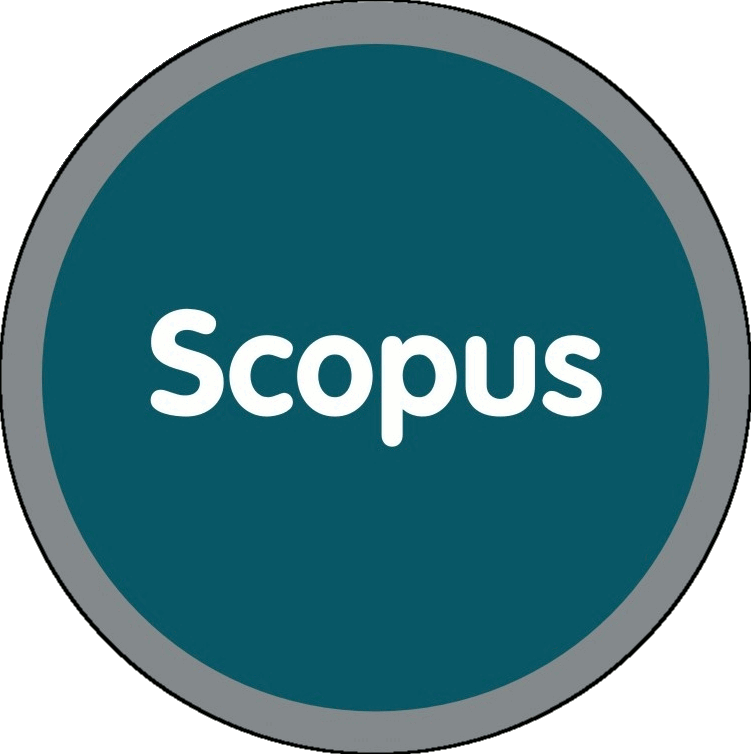

Dr. Hassan's Lab
Structure-based drug design is a major focus of our lab with an aim to identify novel therapeutic agents.Our laboratory studies macromolecular structure with an aim of in-depth understanding of structure-function relationships. We use and develop methods to determine, analyze and exploit the structure of proteins and their complexes. Such research contributes to powerful insights into biological function and find application in drug design and discovery.
Lab Updates
MY LATEST RESEARCH

Elucidation of Dietary Polyphenolics as Potential Inhibitorof Microtubule Affinity Regulating Kinase 4
Scientific Reports (2017)
Microtubule affinity regulating kinase 4 (MARK4) is a Ser/Thr kinase belonging to AMPK-like family, has recently become an important drug target against cancer and neurodegenerative disorders. In this study, we have evaluated different natural dietary polyphenolics including rutin, quercetin, ferulic acid, hesperidin, gallic acid and vanillin as MARK4 inhibitors. All compounds are primarily binds to the active site cavity of MARK4. In silico observations were further complemented by fluorescence-binding studies and isothermal titration calorimetry (ITC) measurements. We found that rutin and vanillin bind to MARK4 with a reasonably high affinity. ATPase and tau-phosphorylation assay further suggesting that rutin and vanillin inhibit the enzyme activity of MARK4 to a great extent.Cell proliferation, ROS quantification and Annexin-V staining are clearly providing a sufficient evidence for apoptotic potential of rutin and vanillin. In conclusion, rutin and vanillin may be considered as a potential inhibitor for MARK4and exploited further to get a novel therapeutic molecule against MARK4 associated diseases.

Evidence of vanillin binding to CAMKIV explains the anticancer mechanism in human hepatic carcinoma and neuroblastoma cells
Molecular and Cellar Biochemistry (2017)
Human calcium/calmodulin-dependent protein kinase IV (CAMKIV) is a member of Ser/Thr kinase family, and is associated with different types of cancer and neurodegenerative diseases. Here we have investigated the binding mechanism and affinity of vanillin to the CAMKIV which is being considered as a potential drug target for cancer and neurodegenerative diseases. We found that vanillin binds strongly to the active site cavity of CAMKIV and stabilized by a large number of non-covalent interactions. We explored the utility of vanillin as anticancer agent and found that it inhibitsthe proliferation of human hepatocyte carcinoma (HepG2) and neuroblastoma (SH-SY5Y) cells in a dose dependent manner. Furthermore, vanillin treatment resulted into the significant reduction in the mitochondrial membrane depolarization and ROS production that eventually leads to apoptosis in HepG2 and SH-SY5Y cancer cell. These findings may offer a novel therapeutic approach by targeting the CAMKIV using natural product and its derivative with a minimal side effect.



